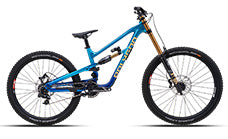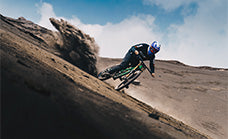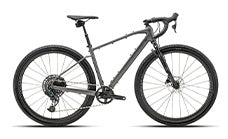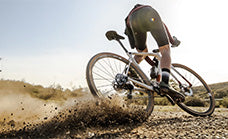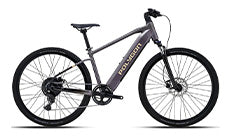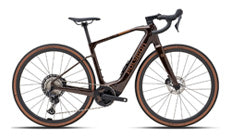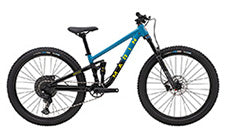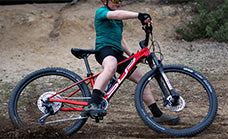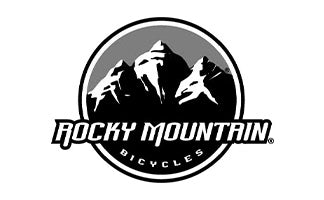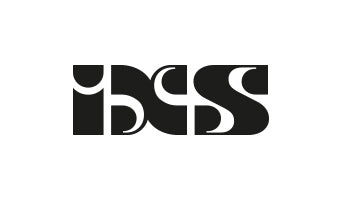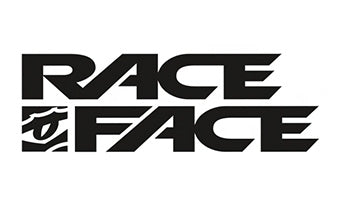All about bike parts: what you need to know

Whether you’re a beginner or an experienced cyclist, understanding the different parts of a bicycle is essential for both performance and maintenance. Not only does it help in making informed decisions when buying a bike, but it also comes in handy when troubleshooting issues.

The frame: The backbone of your bike
The frame is often considered the heart of the bike—it holds all the components together and determines the overall geometry and fit. Frame materials can vary greatly from aluminum, carbon fiber, steel, to titanium, each offering its own set of advantages and disadvantages.
An aluminum frame is generally lightweight and affordable, making it a popular choice for many cyclists. Carbon fiber frames are even lighter and offer excellent vibration damping but can be quite expensive. Steel frames provide durability and comfort but tend to be heavier. Titanium frames combine light weight and durability but come at a premium price.
Drivetrain: The powerhouse
The drivetrain, including the chain, pedals, cranks, and gears, works together to propel the bike forward. It's crucial to maintain these parts regularly to ensure smooth operation. Modern bikes usually feature 1x, 2x, or 3x drivetrains, which refer to the number of chainrings on the front crankset.
A 1x drivetrain offers simplicity and low maintenance with only one front chainring. A 2x setup provides a balance between a wide range of gears and reduced complexity. A 3x drivetrain, common in older bikes and some mountain bikes, offers the widest range of gears but requires more maintenance.
Shifters and derailleur
Shifters allow you to change gears, either manually or electronically. They're connected to derailleurs, which move the chain from one gear to another. Both must function smoothly for optimal bike performance. Regularly checking and adjusting them is essential.
Chain and cassette
The chain connects the pedals to the wheels and transfers power. Ensuring that it's clean, lubricated, and properly tensioned will prolong its life. The cassette, located on the rear wheel, provides various gear ratios and needs regular cleaning as well.
Wheels and tires: Your contact with the road
Wheels and tires are vital components that affect speed, handling, and comfort. Road bikes generally use thin, high-pressure tires for minimal rolling resistance, while mountain bikes utilize wider, knobbier tires for better traction on rough terrains.
When choosing wheels, consider the type of riding you'll be doing. Lightweight carbon fiber wheels are excellent for racing because they reduce rotational weight, enhancing speed and agility. On the other hand, alloy wheels offer a robust and cost-effective solution for everyday cycling.
Tire types and pressure
There are various types of tires, each designed for specific conditions. Clincher tires are the most common, featuring a separate inner tube. Tubeless tires eliminate the tube and can run at lower pressures to improve traction and comfort without risking pinch flats. Tire pressure plays a critical role in performance and should match the terrain and type of tire used.
-
Road tires: narrow and smooth for high speed and low rolling resistance.
-
Mountain tires: wide and knobby for better grip on loose surfaces.
-
Hybrid tires: medium width with mild tread for mixed-use trails and roads.
The braking system: Safety first
Brakes are crucial for controlling your bike and ensuring safety. There are primarily two types: rim brakes and disc brakes. Rim brakes work by applying friction to the wheel rims, while disc brakes use rotors mounted to the wheel hubs.
Disc brakes, available in mechanical and hydraulic versions, offer superior stopping power, especially in wet conditions. They are increasingly becoming standard on various bikes due to their reliability and performance. Proper brake maintenance involves checking the pads for wear, ensuring proper alignment, and occasionally replacing cables or hydraulic fluid.
Suspension: Smoothening the ride
Bike suspension absorbs shocks from uneven terrain, making your ride more comfortable. Mountain bikes often feature front suspension (forks) or full suspension (front and rear). Suspension systems vary in complexity, from basic spring mechanisms to advanced air and oil systems.
Front suspension forks help absorb impacts on rough trails, improving control and reducing fatigue. Full suspension adds a rear shock absorber for enhanced comfort and traction but increases the bike’s weight and complexity. Regular servicing is vital for keeping suspension components in good working order.
Handlebar and stem: Steering made simple
The handlebar and stem play a significant role in bike handling and rider comfort. Handlebars come in various shapes and sizes, such as flat bars, drop bars, and riser bars, each suitable for different types of riding.
Flat bars provide a natural hand position ideal for mountain biking, while drop bars offer multiple hand positions beneficial for road cycling. Riser bars can elevate the riding position, adding comfort for casual rides. The stem connects the handlebar to the fork steerer tube and affects the reach and handling characteristics.
Saddle/seat: Finding comfort
The saddle, sometimes referred to as the seat, is where you spend most of your time on a bike, so comfort is key. Saddles come in a wide variety of shapes, widths, and padding options tailored to different bodies and riding styles.
Performance-oriented riders may prefer a narrower, firmer saddle that minimizes chafing and maximizes power transfer. Casual riders might opt for a wider, more cushioned seat that offers greater comfort during leisurely rides. It's important to try several options to find what suits you best.
Essential tools for bike maintenance
Equipping yourself with the right tools for bike maintenance can save you time and money. Basic tools include tire levers, a multi-tool, pump, grease, and cleaning supplies. A dedicated bike repair stand can make at-home repairs easier and more efficient.
Investing in a few specialized tools, like a chain checker, torque wrench, and cable cutters, can further streamline the upkeep process. Routine maintenance tasks—such as lubing the chain, tightening bolts, and checking tire pressure—ensure safe and enjoyable rides.
FAQs on common bike part questions
What is the difference between clincher and tubeless tires?
Clincher tires are the most common type, featuring a separate inner tube that holds the air. These tires are easy to install and replace. Tubeless tires, on the other hand, do not require an inner tube. Instead, they have an airtight seal directly against the rim, allowing for lower tire pressures and improved puncture resistance.
How often should I maintain my bike's drivetrain?
Regular maintenance of the drivetrain is crucial for optimal performance. You should clean and lubricate your chain every 100-200 miles for road bikes and after every muddy ride for mountain bikes. Additionally, inspect the drivetrain components for wear every few months and replace worn-out parts promptly to avoid costly damage.
Why are disc brakes becoming more popular?
Disc brakes offer several advantages over traditional rim brakes. They provide better-stopping power and performance, particularly in wet or muddy conditions. Disc brakes are also less affected by wheel true, meaning they remain effective even if the wheel has minor bends. This increased reliability explains why they're becoming more prevalent across all bike types.








